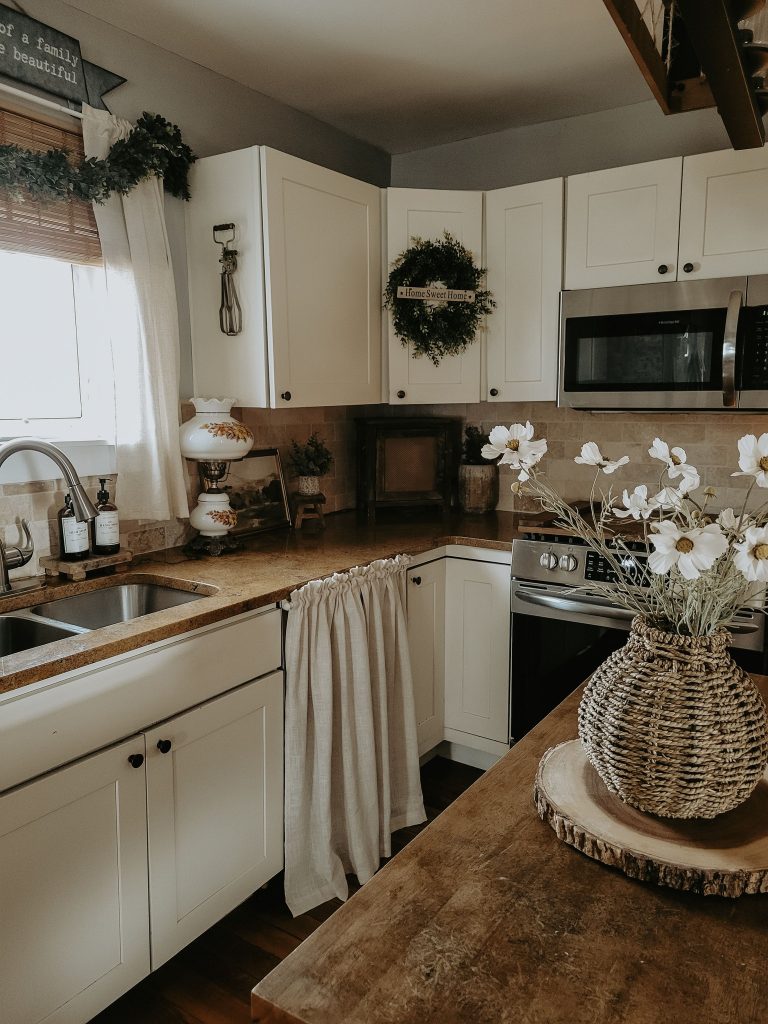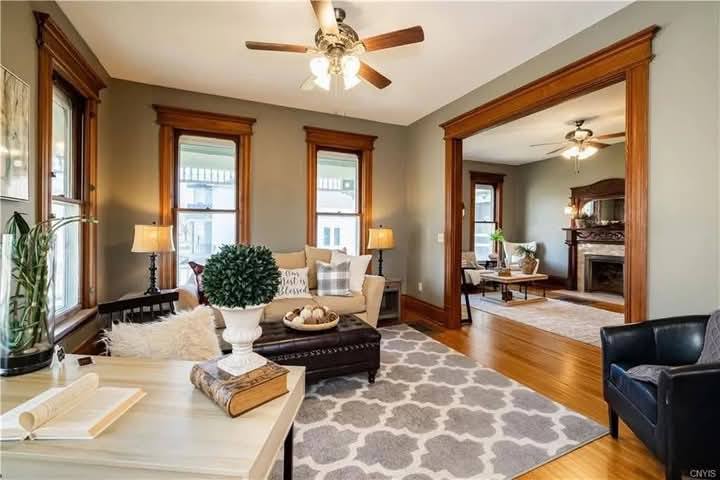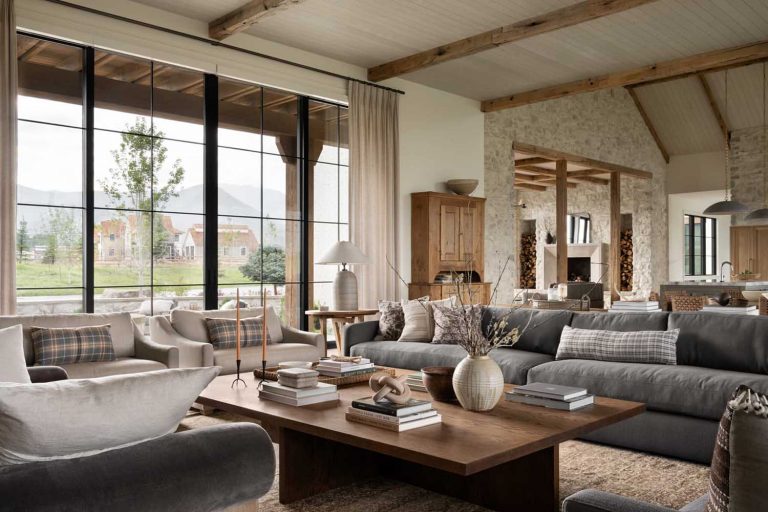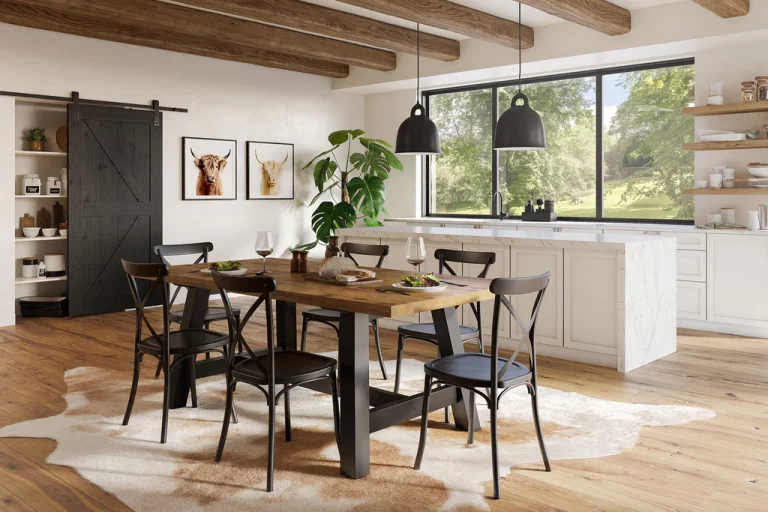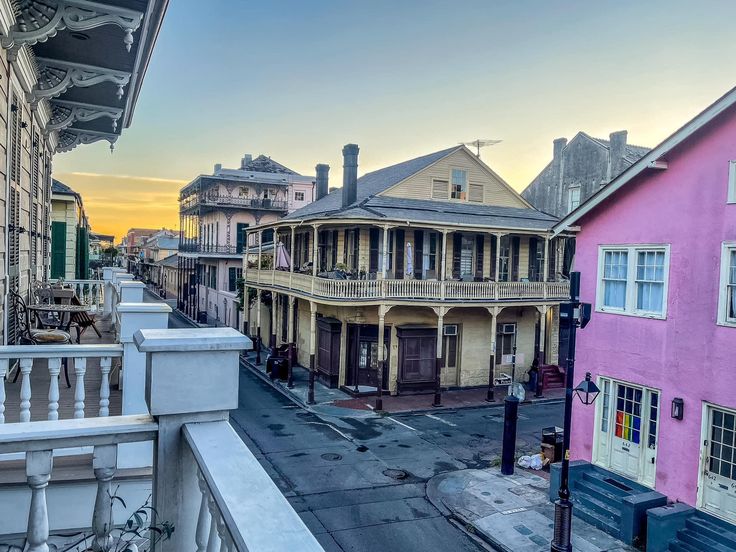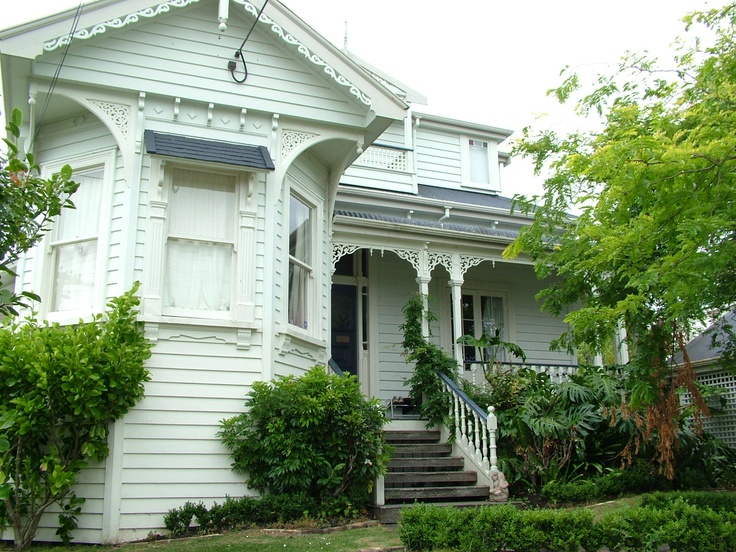Choosing a historic home can be an exciting yet challenging experience. These homes not only carry historical value and unique architecture but also reflect the lifestyles of their owners over the centuries. However, to choose a historic home that aligns with your modern lifestyle, you need to consider several factors. Here are some steps to help you find the perfect historic home.
1. Identify the Architectural Style You Love
Each historic home has its own distinctive architectural style, from Colonial and Victorian to Craftsman or Art Deco. The first step is to identify the architectural style you enjoy and that suits your aesthetic preferences. For example, if you love romantic and vintage designs, a Victorian home with intricate details and arched windows might be perfect for you. On the other hand, if you prefer simplicity and a close connection with nature, a Craftsman-style home with natural wood elements and an open layout may be a better fit.
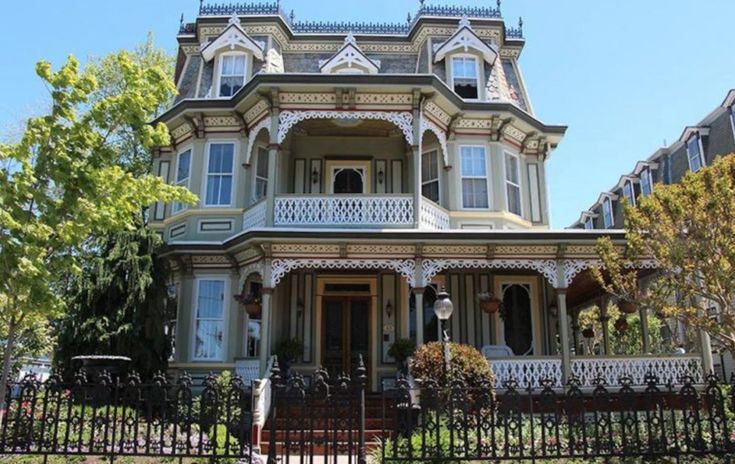
2. Evaluate Space and Amenities
While historic homes have their own charm, they may not always come with modern amenities like newer homes do. Before making a decision, consider whether the space and layout of the home meet your current living needs. If you require an open, airy layout but the historic home has many separate rooms and smaller spaces, you’ll need to carefully consider whether it will require significant renovations to accommodate your needs.
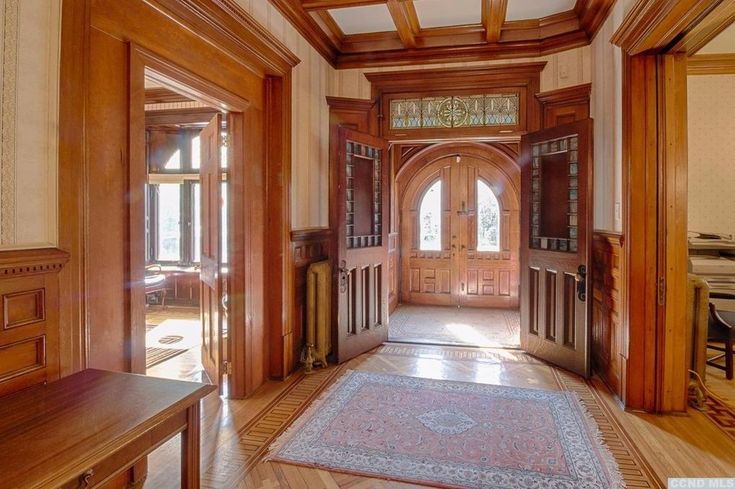
3. Assess the Condition of the Home
A key factor when purchasing a historic home is its condition. These homes may have undergone years of use and may need considerable time and money to repair. Check key elements such as the electrical and plumbing systems, the structure of the house, and the condition of the roof. If you don’t want to spend too much time or money on renovations, look for a well-maintained historic home with fewer repairs needed. However, if you enjoy renovation projects and customizing your living space, a home in need of restoration could be a chance to express your personal style.
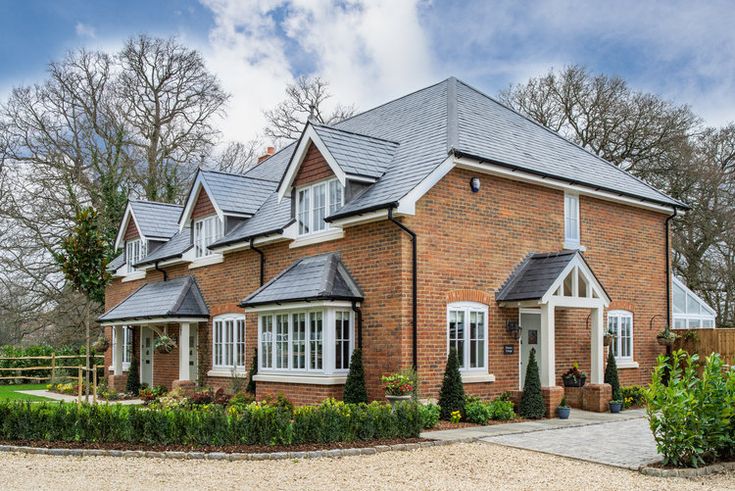
4. Ensure the Location Matches Your Lifestyle
The location of a historic home is also crucial in the decision-making process. Make sure the area you’re considering has convenient access to amenities like schools, hospitals, shops, and public services. If you enjoy a peaceful environment, a historic home in a suburban area or close to nature might be an excellent choice. On the other hand, if you prefer to be near the city center and want to minimize your commute, a historic home in an urban area could be more suitable.
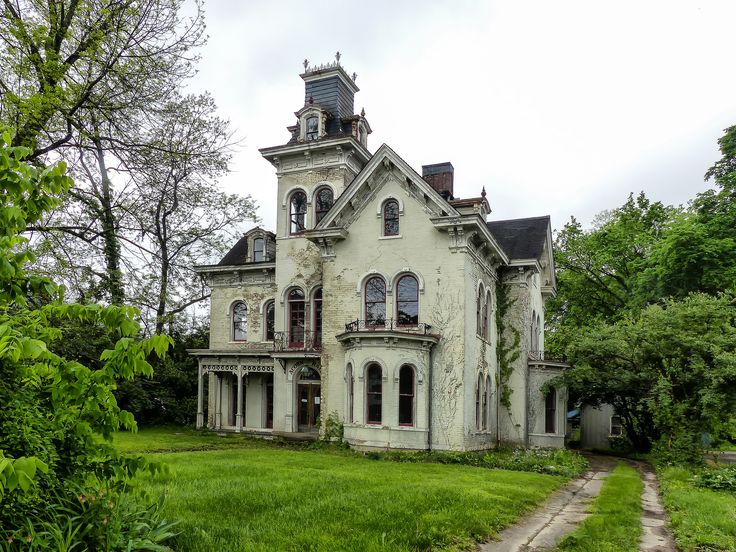
5. Check Preservation Regulations
When buying a historic home in the U.S., it’s important to be aware of preservation regulations. Many historic homes may be protected by local or national preservation laws, which could affect your ability to renovate or alter architectural details of the house. Before deciding, check whether the house is under preservation restrictions, and if so, learn about the guidelines you must follow. This could influence the flexibility you have in customizing the home to match your personal style.
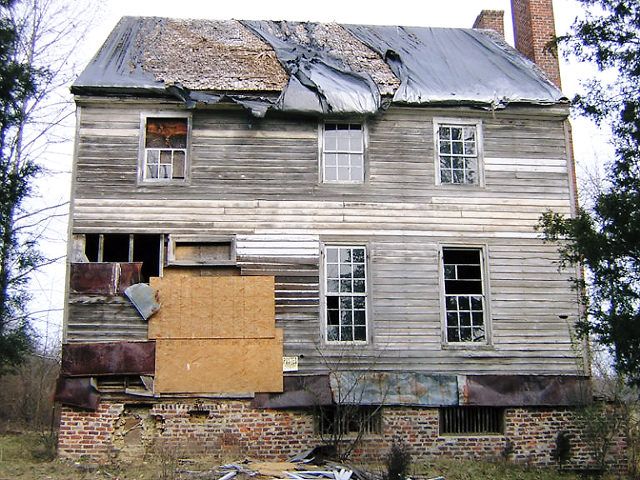
6. Consider Long-Term Costs
While historic homes can be very appealing aesthetically, they often come with higher maintenance and repair costs. Therefore, it’s important to carefully calculate the long-term costs of owning a historic home. This includes not only the annual maintenance costs but also any potential renovations if you wish to upgrade the living space. Make sure you have the budget to maintain and renovate the home without experiencing financial strain.
Choosing a historic home that matches your lifestyle is not a simple decision. You need to carefully weigh architectural factors, the home’s condition, maintenance costs, and location. However, if you find the perfect historic home, it will not only be a place to live but also a part of history, offering you an inspiring and unique living space.

